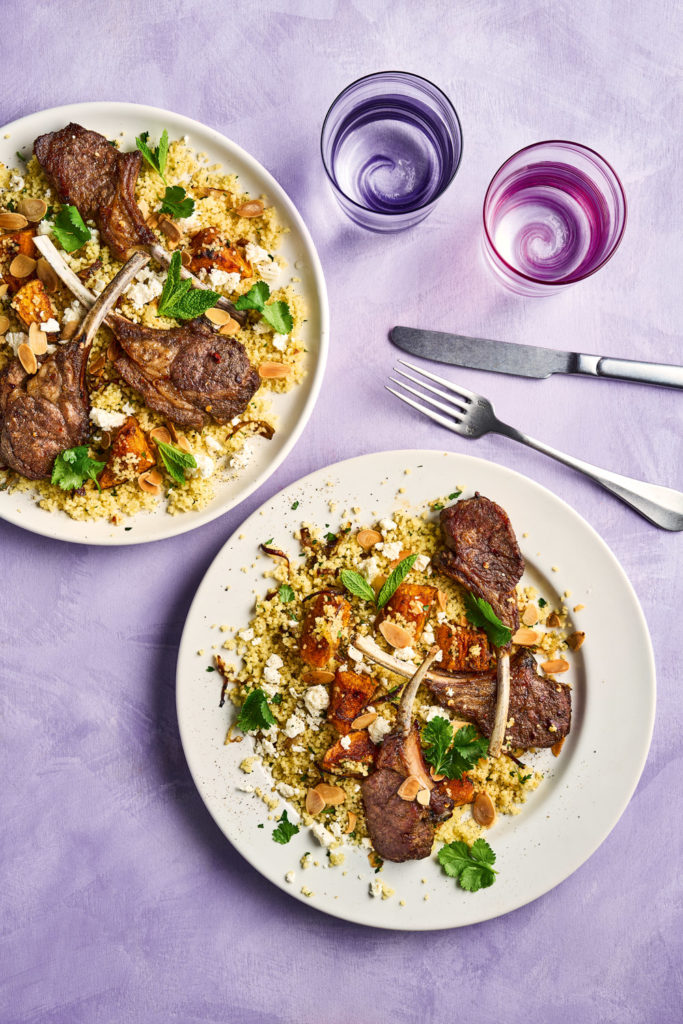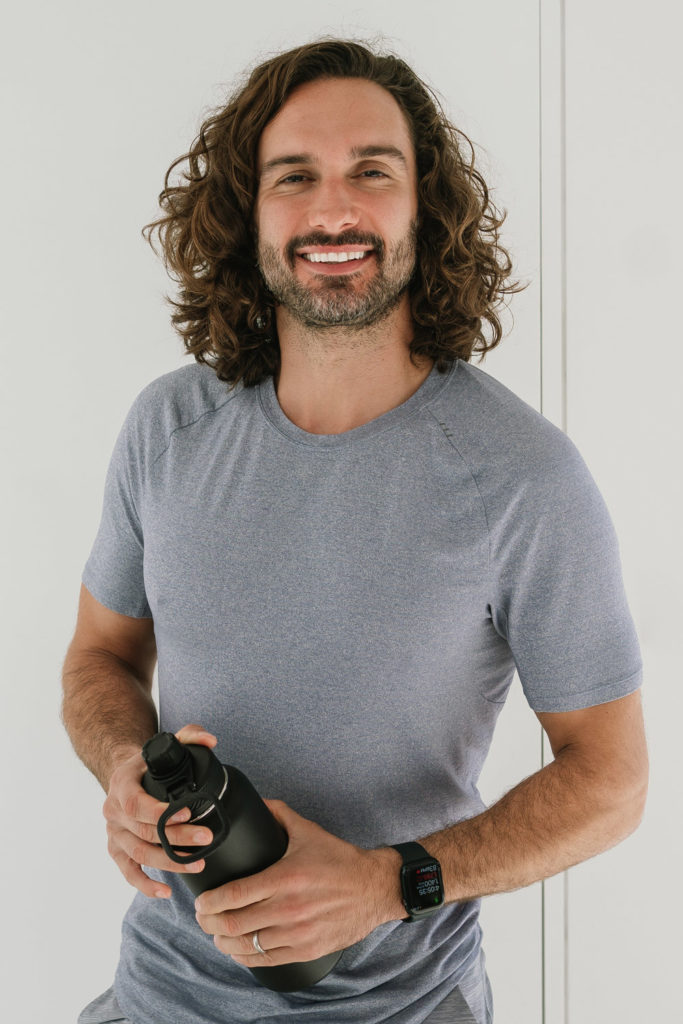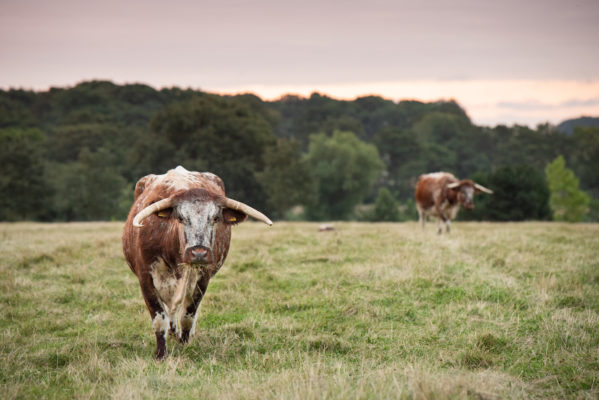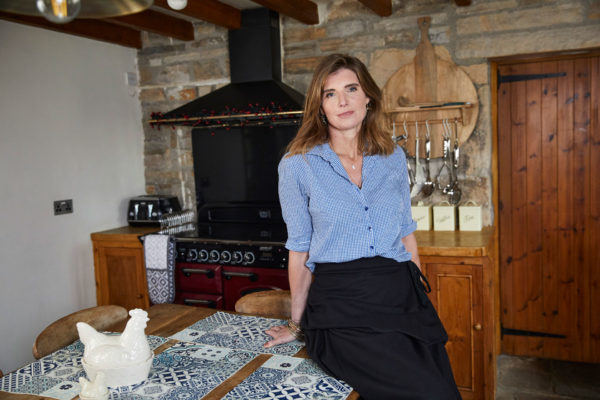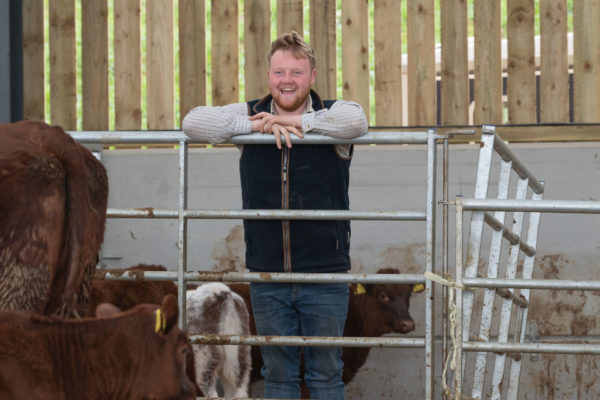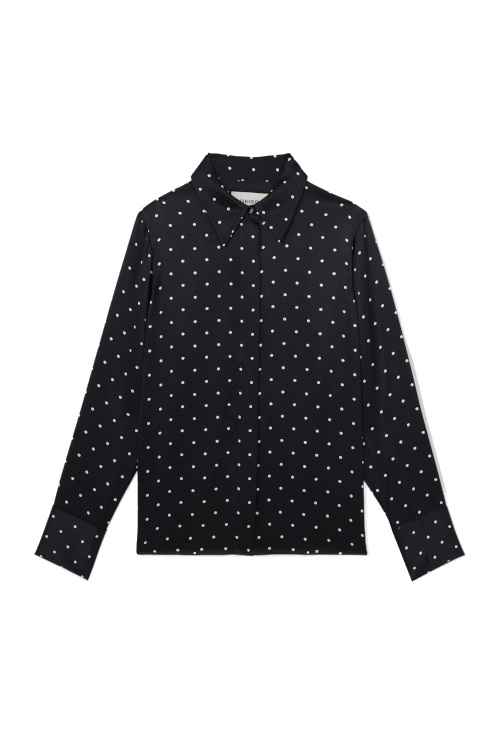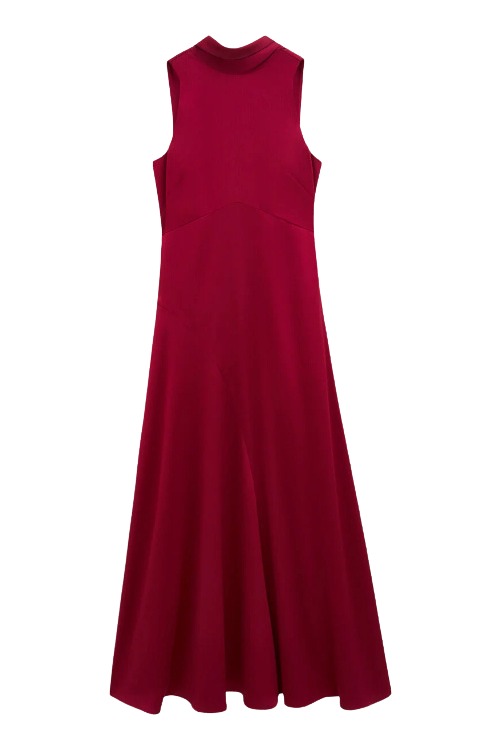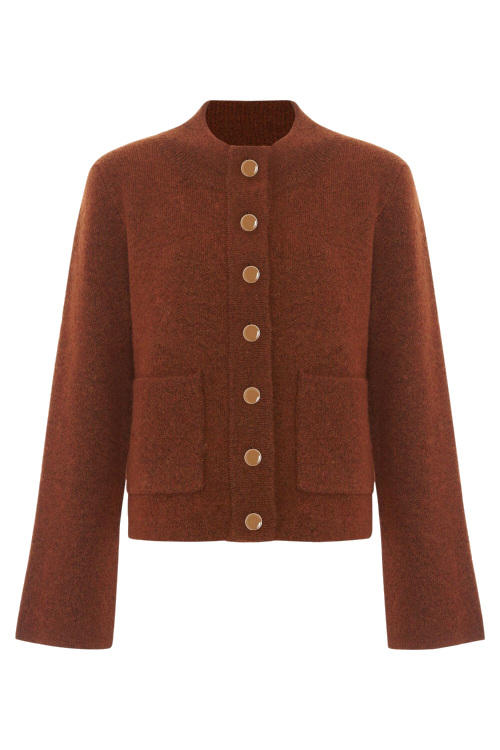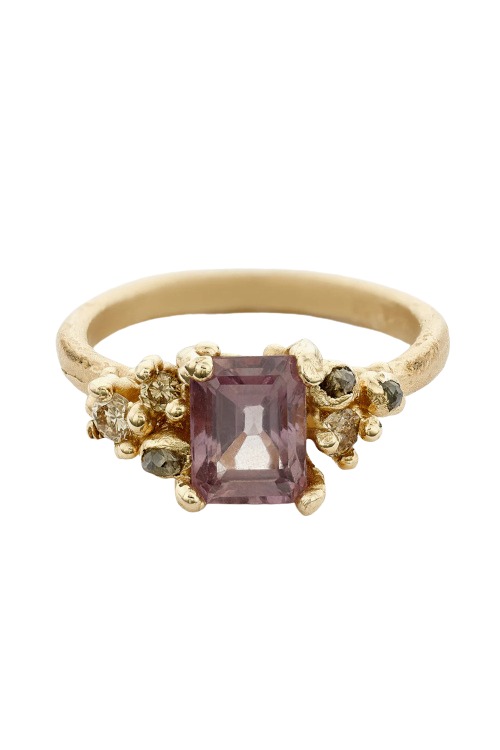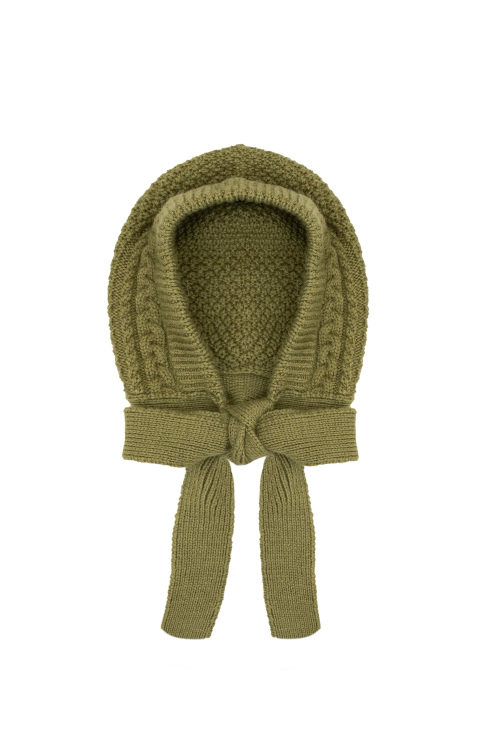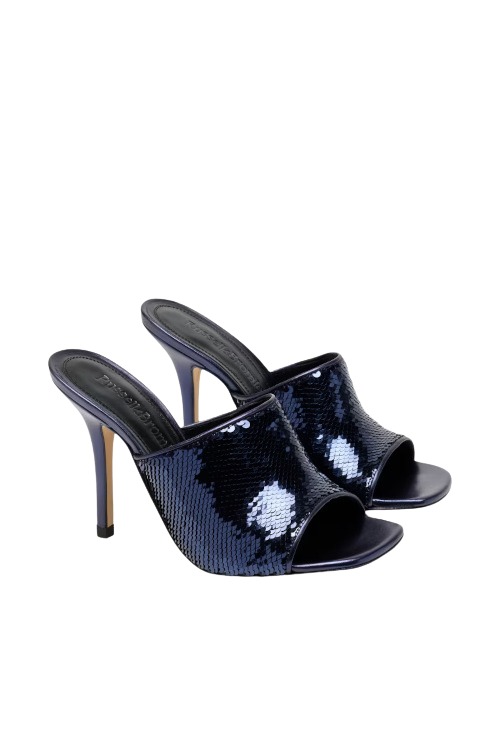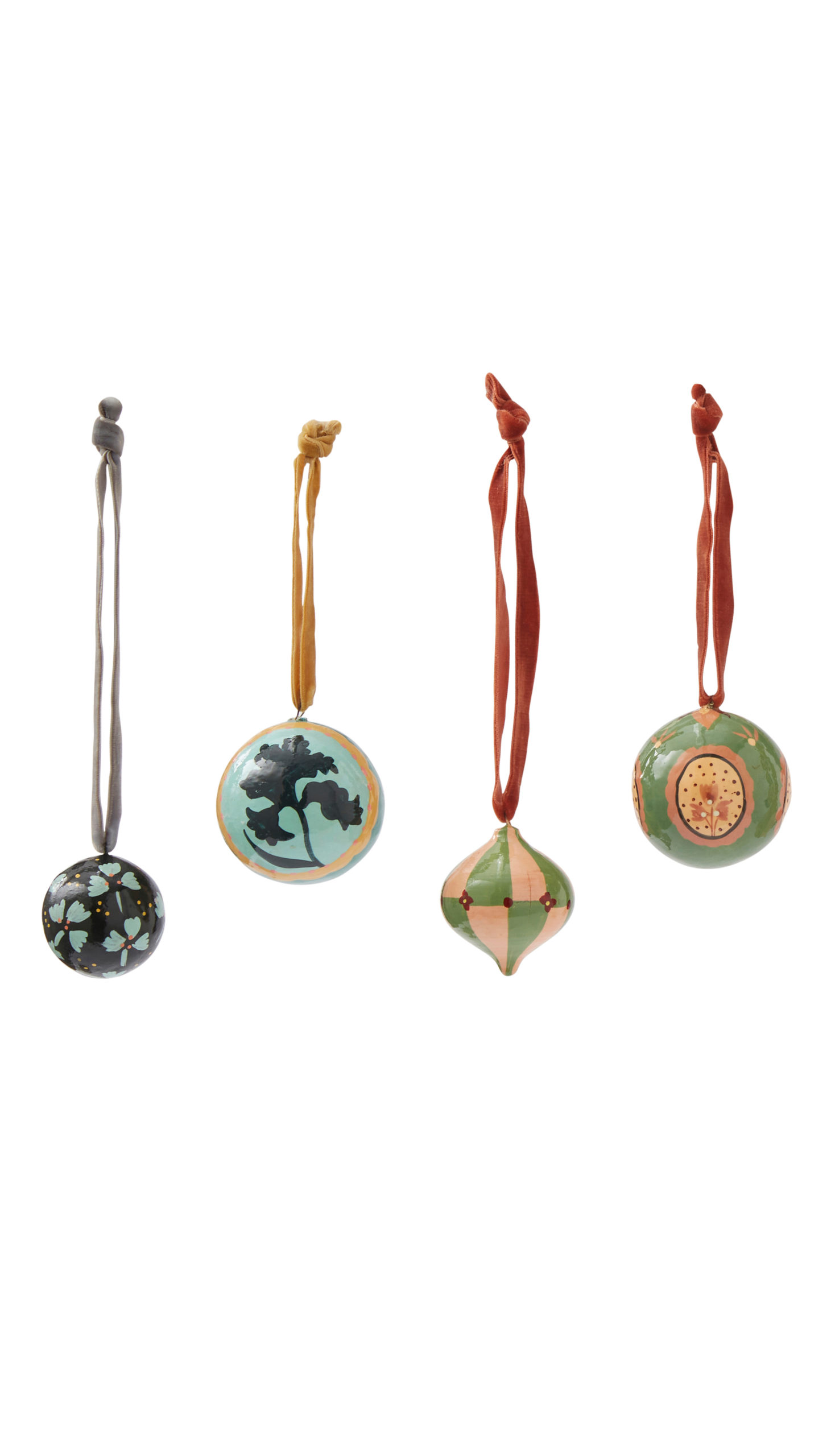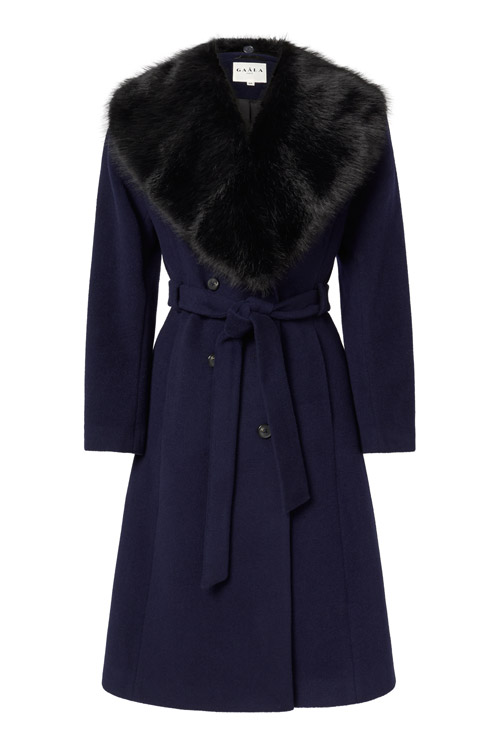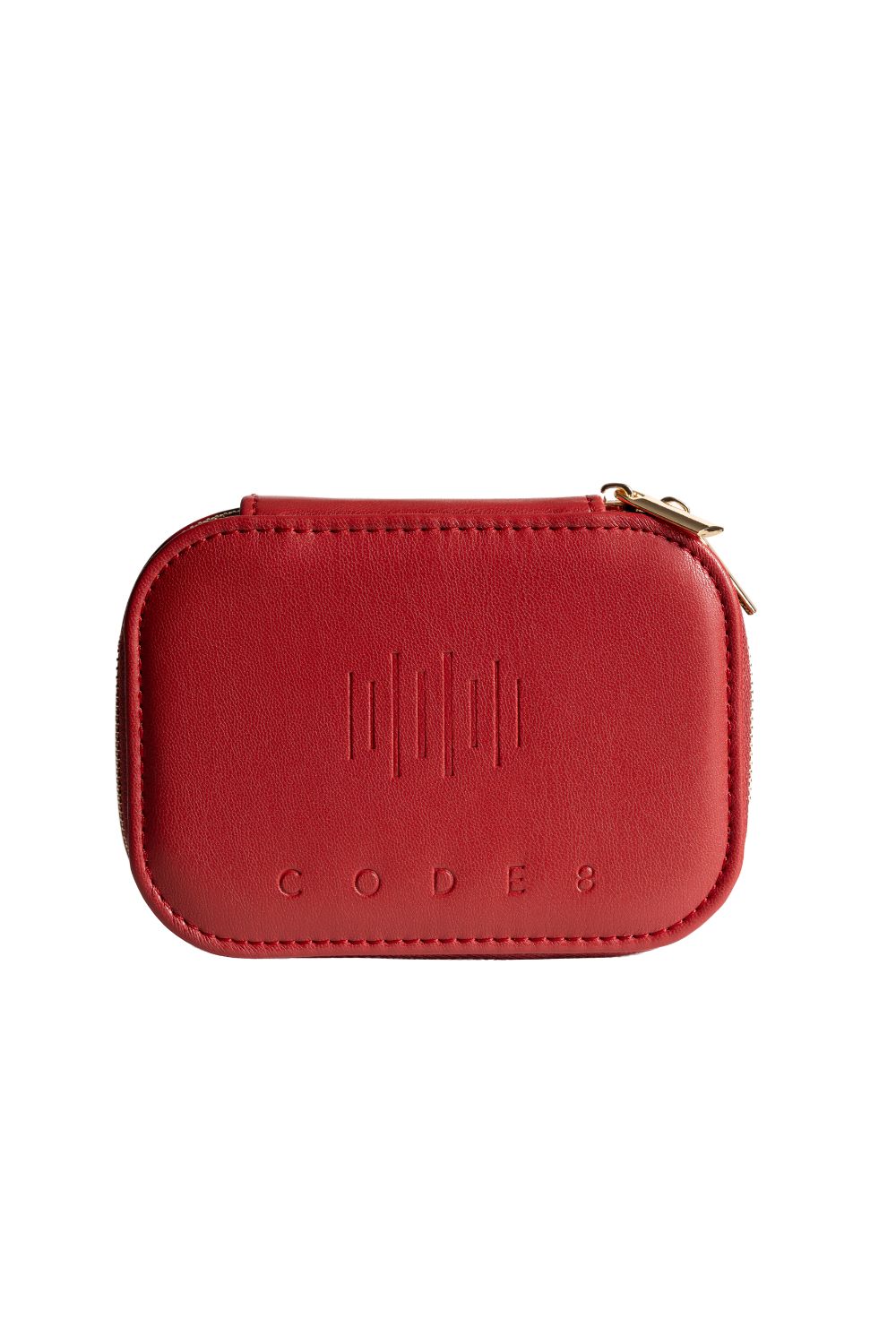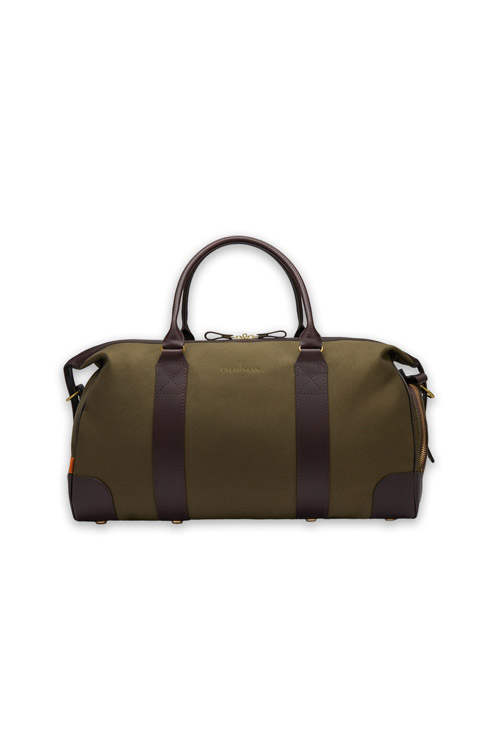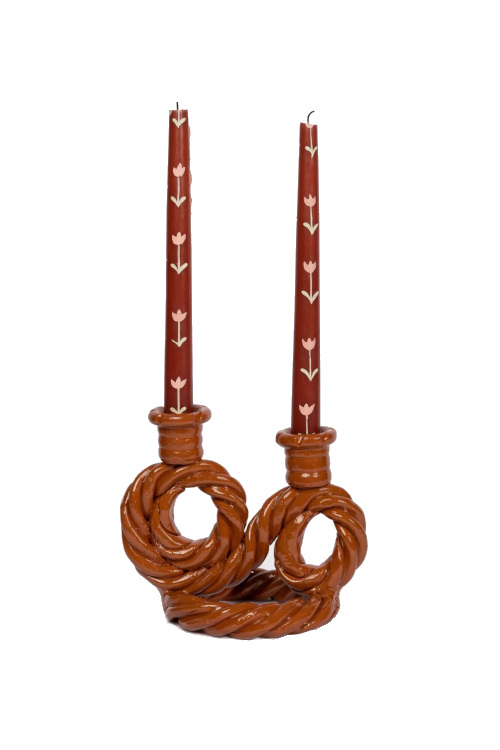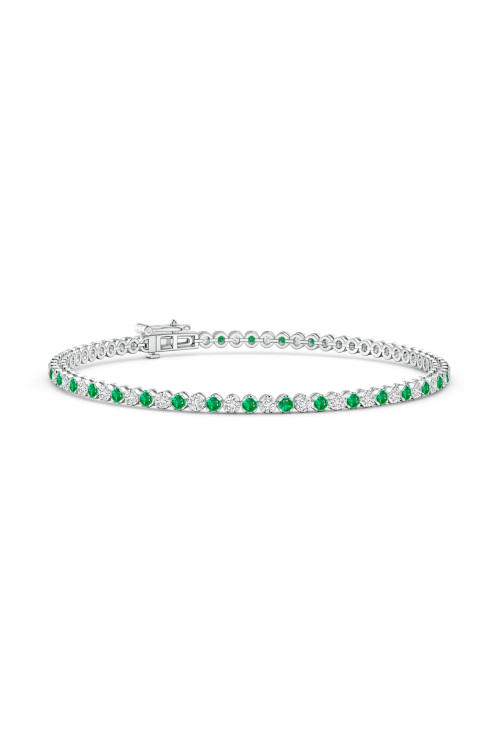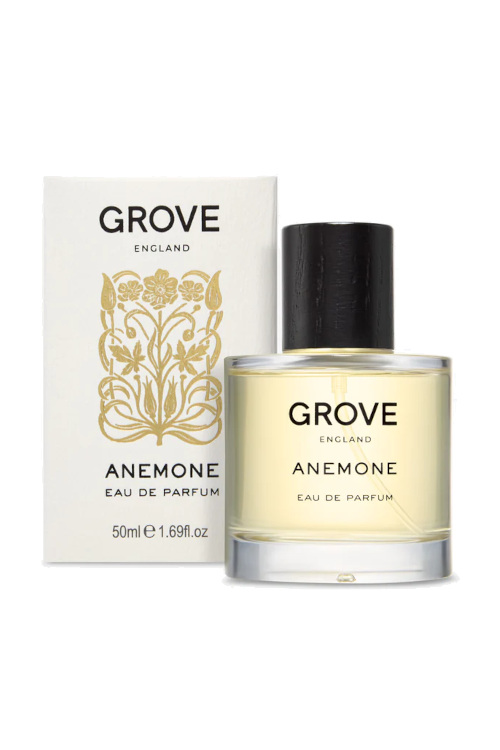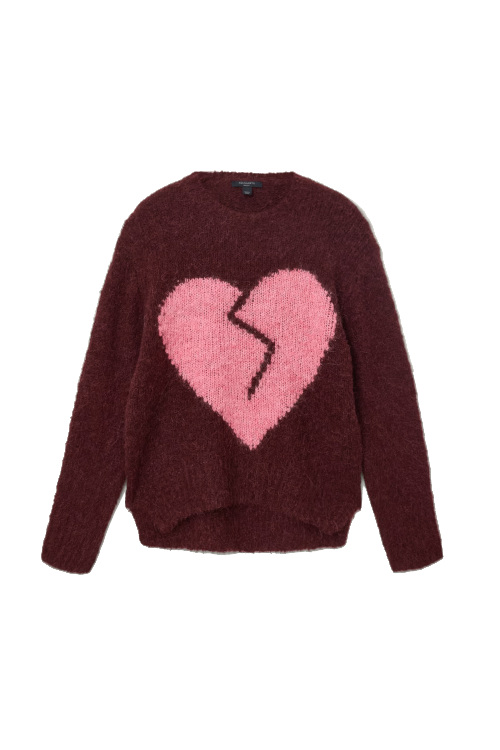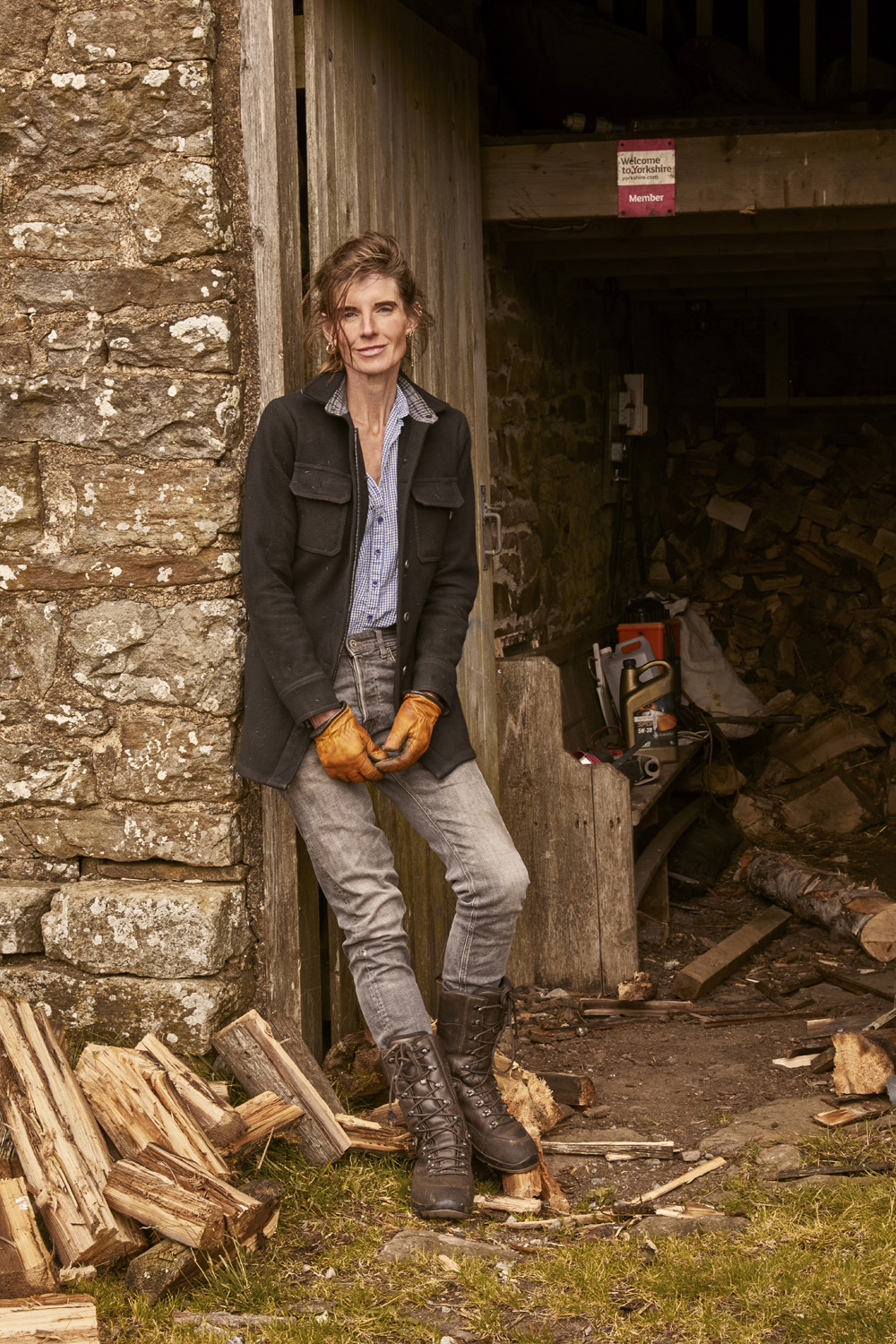
Is 2026 The Year For Women In Farming?
By
2 months ago
The gender balance is shifting in agriculture
Jeremy Clarkson might be the UK’s most famous farmer, but the tides are turning on the historically male-dominated industry. Women are making their mark in the agricultural world, and finally starting to be recognised for their contributions. The United Nations has declared 2026 the International Year of the Woman Farmer in a bid to highlight the crucial role women play in ensuring global food security, while Whole Foods has highlighted women in farming as a key trend for next year in its annual report.
More women than ever are choosing farming as a career. According to recent research, women now make up a third of British farmers – a figure that is likely to increase with the next generation, as agriculture degree courses are now made up of 64 percent women. Yet with climate change impacting crop yields and tax changes threatening family businesses, Britain’s agricultural system is going through one of its toughest periods in a long time. So what’s behind the uptick in interest?
Inside The Rise Of Female Farmers
Farm TV
Farming in general has come into the limelight in recent years. This is in large part down to the influx of farming TV shows, with Clarkson’s Farm having a particularly big impact – not just in spotlighting British farming issues, but also attracting people to agricultural courses. The Royal Agriculture University (RAU) in Gloucestershire has reported an 11 percent increase in applicants to its rural land management BSc course compared to 2024 due to what it calls ‘the Clarkson effect’.
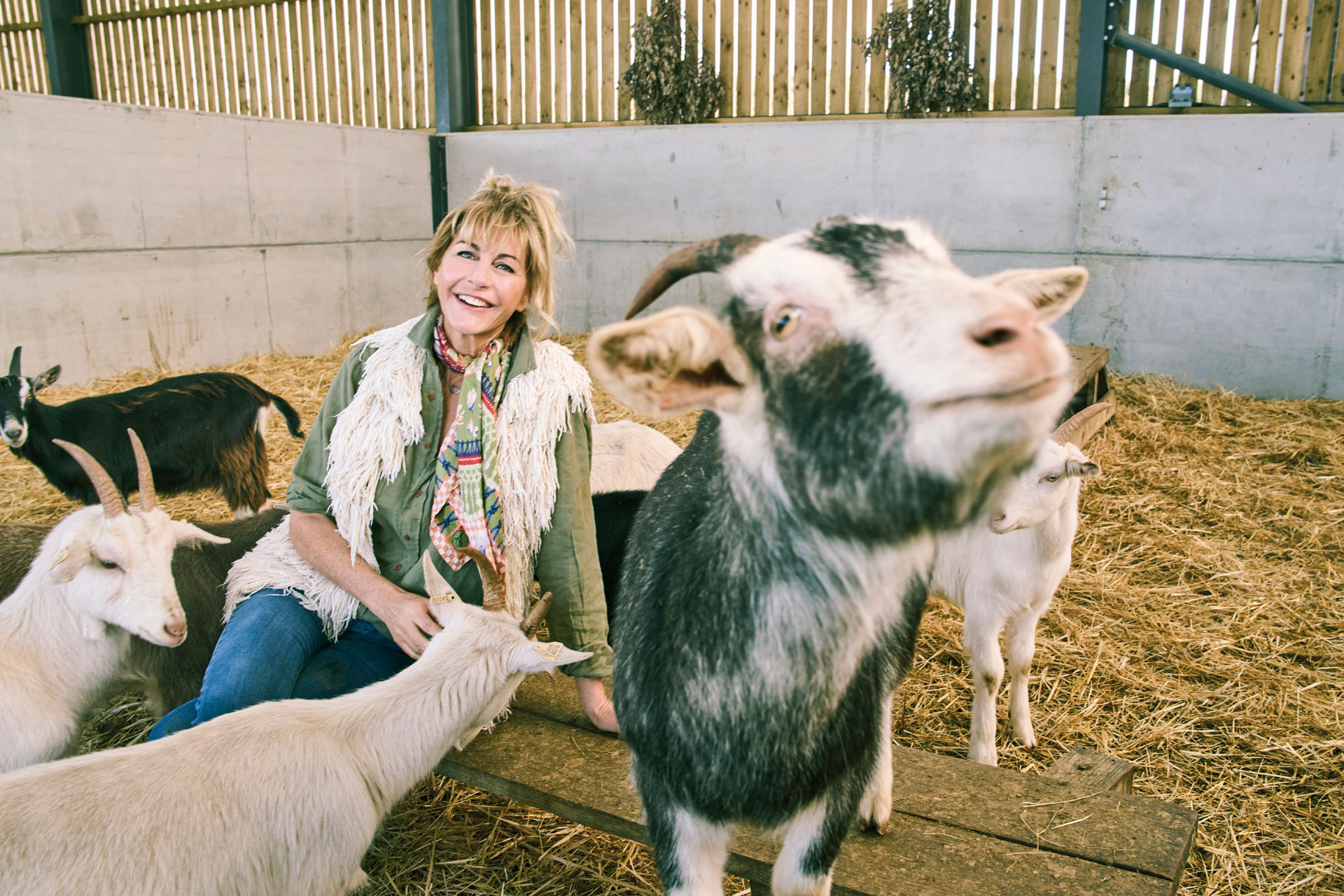
Lisa Hogan
Of course, Clarkson himself isn’t exactly a feminist icon, but his girlfriend Lisa Hogan – who helps manage Diddly Squat farm in the Cotswolds – has become a fan favourite. And the last series saw the arrival of steely 24-year-old newcomer Harriet Cowan. ‘Not all farmers are 60-year-old men… just because I’m a small blonde who likes to curl her hair and wear make-up, does not mean I cannot be a farmer,’ she said.
Another key figure from the world of farm TV is Amanda Owen, AKA The Yorkshire Shepherdess, who soared to fame on her Channel 5 show Our Yorkshire Farm. This ran for five seasons, documenting Owen’s life on the remote, 800-hectare Ravenseat Farm with her (now ex-)husband Clive and their nine children – from overseeing a flock of over 1,000 sheep to giving birth on countryside lay-bys. Owen’s resilient, no-nonsense attitude turned her into a star, and she serves as an ongoing source of inspiration for young female farmers, now with multiple books to her name.
FarmTok
Owen was one of the first in a new era of farming influencers. Hannah Jackson, known by her online moniker Red Shepherdess, has acquired over 112k followers on TikTok, with fans flocking to her page to immerse themselves in her rural Cumbrian life – ducks, goats, pigs and all. There’s also Nicola Wordie (@livestock_farmher) whose 23k-follower-strong Instagram highlights the highs and lows of working on her family’s sheep and cattle farm in Aberdeenshire. Townie-turned-farmer Laura Hodgkins (@girlaboutthefarm), meanwhile, has gained a following for her aesthetic feed of ripe strawberries and freshly laid eggs, tapping into the wider cottagecore trend, which celebrates romanticised countryside life.
View this post on Instagram
‘Social media has given huge visibility to women in farming,’ says Northamptonshire farmer Milly Fyfe. ‘It’s a brilliant tool for showcasing careers, sharing knowledge and connecting with others in the industry. It has allowed women to tell their own stories and show the many different roles we play within farming businesses.’
These social platforms have helped garner communities – the Ladies Who Lamb group on Facebook, for instance, has over 16,000 members. Organisations like the National Federation of Young Farmers’ Clubs, one of the UK’s largest rural organisations, have also helped spread the word. ‘Joining Young Farmers as a teenager completely shaped my path,’ says Fyfe. ‘It gave me skills for life, a sense of belonging, and friendships that have lasted decades.’
Other companies, like the National Young Farmers Coalition, support with funding opportunities: the Young Farmer Grant programme, for example, donates 50 percent of its grants to female-identifying, nonbinary and trans farmers.
Representation
Off-screen and offline, women are being better represented in leadership roles within the farming industry. In 2018, the National Farmers’ Union elected its first female president in its 110-year history, Wiltshire beef farmer Minette Batters. She spent six years in the role before stepping down in 2024, but there are still many women in high roles within the union, including vice president Rachel Hallos.
Meanwhile, one of the UK’s biggest agricultural events, The Great Yorkshire Show, appointed its first female director last year, dairy farmer Rachel Coates. ‘Women have always been the backbone of a farm,’ she said in an interview with The Guardian. ‘Now they’re no longer in the kitchen tied to the Aga, they’re at the forefront of the industry. It’s good to see this take-up of leadership roles.’
This sentiment is shared by farmer and journalist Olivia Shave. ‘I do sometimes ask: are there actually more women in farming now, or are we just finally hearing more about them?,’ she muses. ‘I think it’s a bit of both. Women have always been a fundamental part of farming, but often in roles that weren’t recognised or given the same visibility. Now, thanks to social media, more inclusive media coverage, and changing attitudes, those contributions are being seen and celebrated more widely.’
Shave also points out the rise in interest surrounding areas like regenerative farming and food provenance – ‘areas where women are often leading’. This has presented new career opportunities, allowing people to enter the industry in non-conventional ways, such as through small-scale production or community-supported agriculture. Farms are often inherited through families, but Shave broke the mold by becoming a first-generation farmer, creating her own livestock-based business rooted in conservation grazing and low-impact farming.
Fyfe, too, notes diversification as an important part of the shift. One string to her bow is running a non-for-profit social enterprise, No Fuss Meals for Busy Parents CIC, which helps people reconnect with British food. She also welcomes schools and community groups to her working farm to teach them about field-to-fork food production.
This chimes too with C&TH columnist Jenny Jefferies, who has worked on a farm in South Cambridgeshire for many years since marrying her arable farming husband John. She points out that a big part of farming is about nurturing the land, and ‘as natural nurturers, women see farming as a viable career.’ And the physical demands are only one requirement: ‘the agricultural world embraces many skills, including that of agronomy, public relations, marketing, science, technology, education, engineering, knowledge exchange, communication and engagement, to name but a few.’
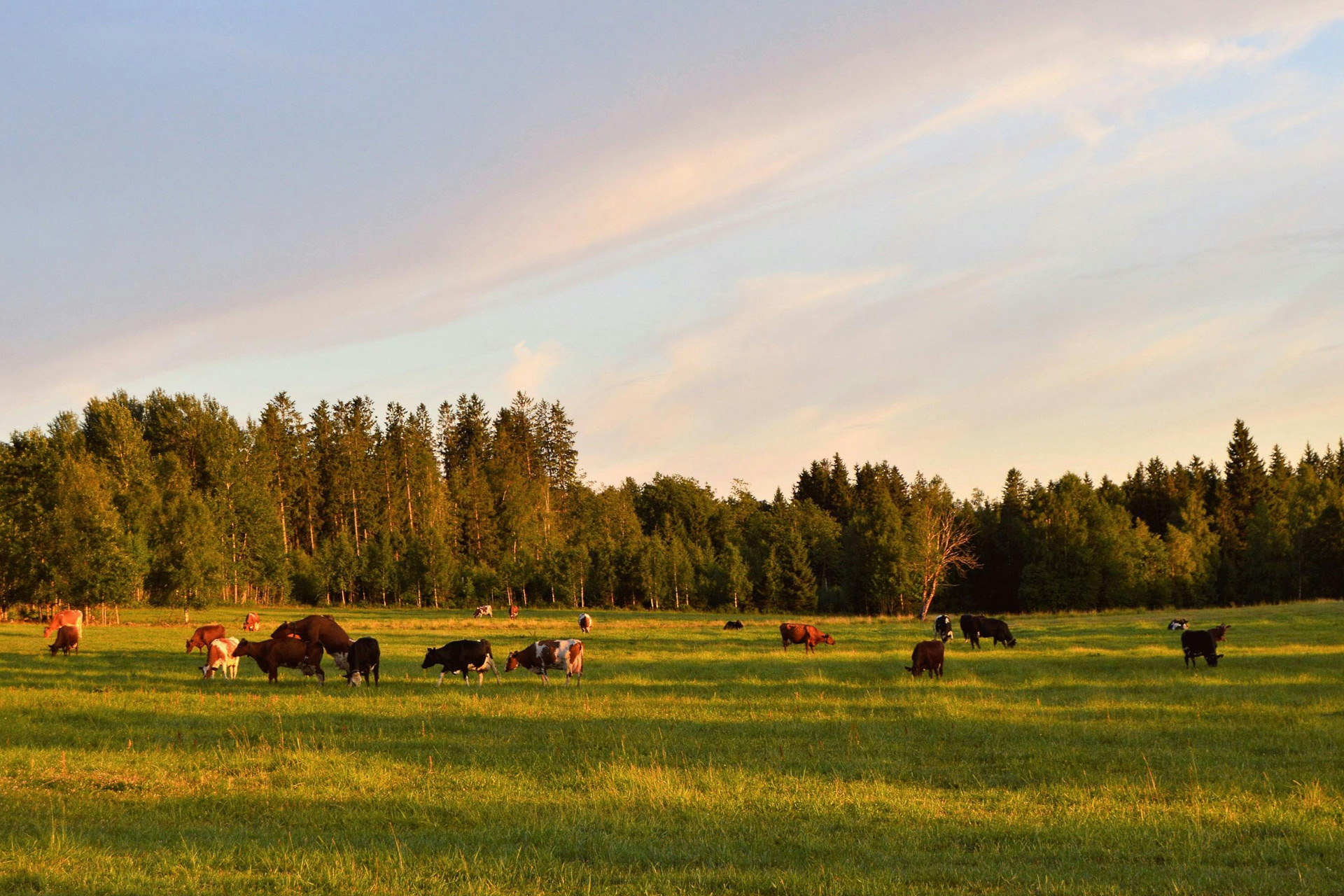
Pexels
The Challenges
The industry has come a long way – but many old-school, male-dominated traditions remain. ‘Access to land is one of the biggest barriers, particularly for first-generation farmers who aren’t inheriting farms or land,’ notes Shave. Plus, she stresses, women often face additional scrutiny about their capabilities when entering conversations about securing tenancies.
And although more women are winning awards and securing key positions, Shave adds, they’re still underrepresented in leadership roles within agricultural boards, cooperatives, and policymaking spaces. ‘I’ve personally experienced being overlooked or underestimated in professional settings, despite running an award-winning farm and business.’
Fyfe thinks the biggest challenge is finding balance in a notoriously intense job: ‘trying to raise a family, run a farm, and manage diversification projects, often with very little time off or support.’ She adds, ‘the reality behind the scenes is that we work incredibly long hours with very little downtime, and it’s hard to switch off. The work ethic required in farming is like no other industry, yet that’s rarely recognised or understood by policymakers.’
Despite these challenges – and wider problems in farming surrounding rising costs, unpredictable weather and food security – Jefferies, Fyfe and Shave feel hopeful about the future. ‘More women are not only entering the sector, they’re transforming it,’ says Shave. ‘Whether through innovative farming methods, campaigning for policy reform, or driving sustainability at a grassroots level, women are becoming visible, vocal, and vital to the future of British agriculture.’


